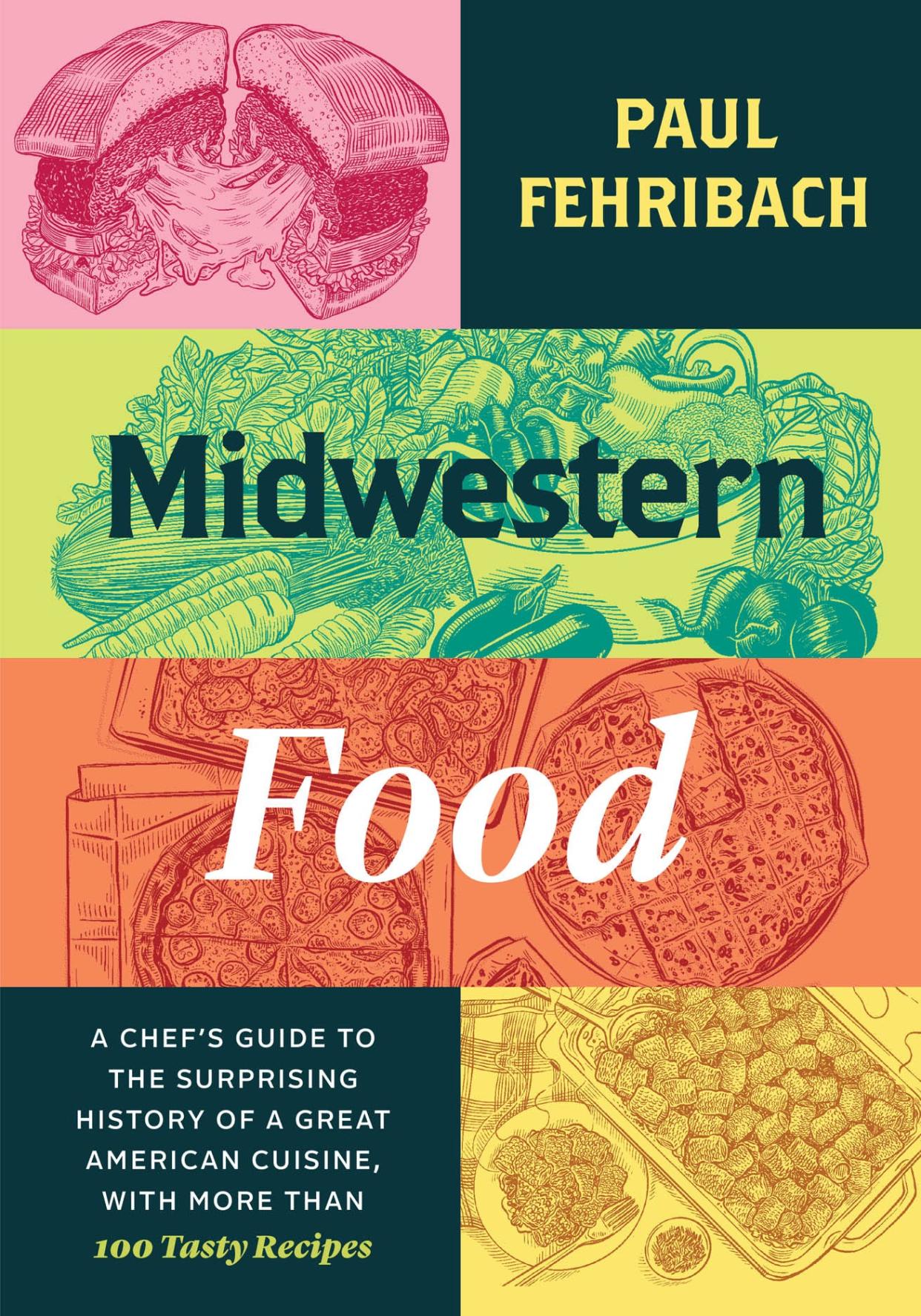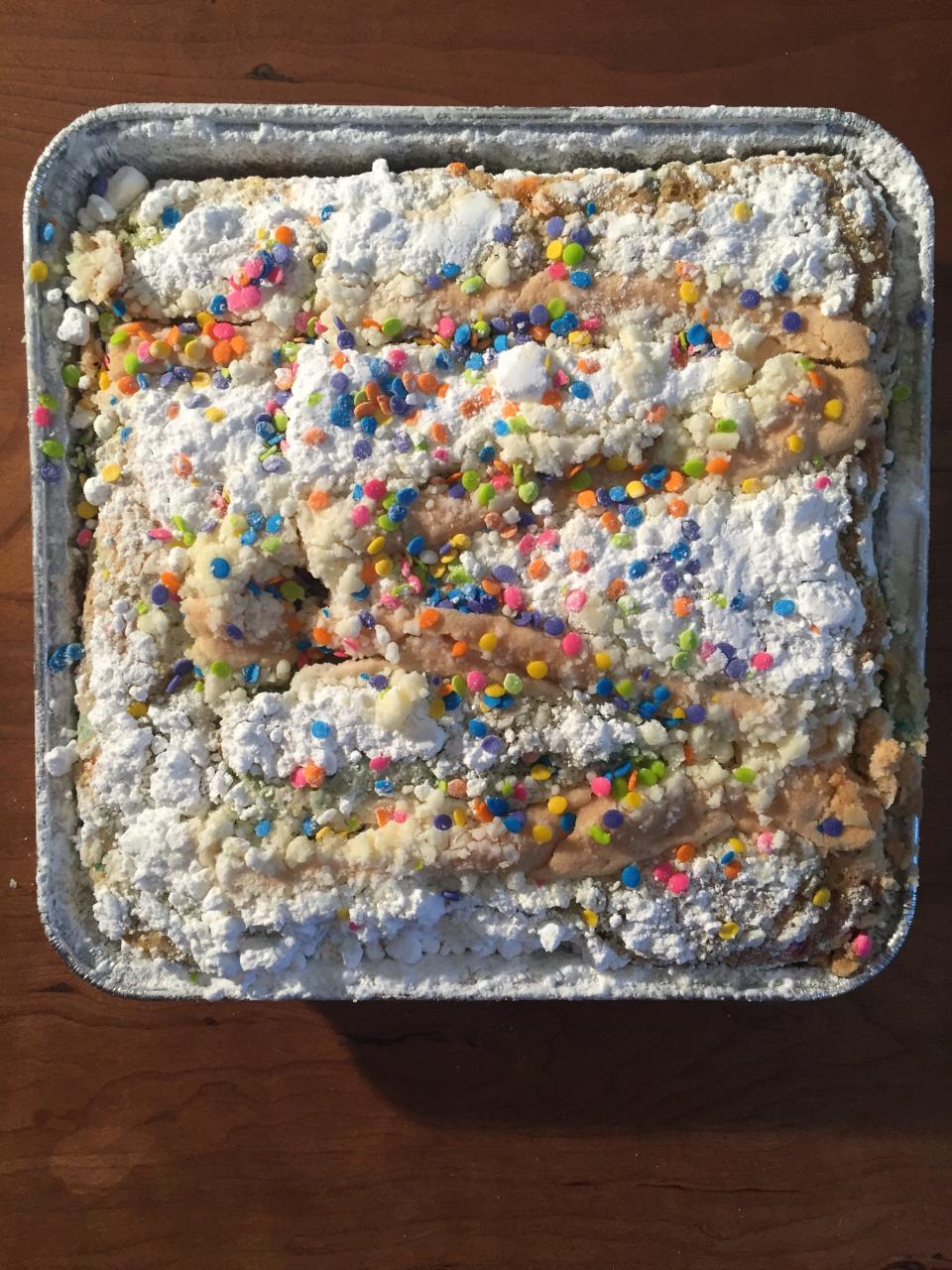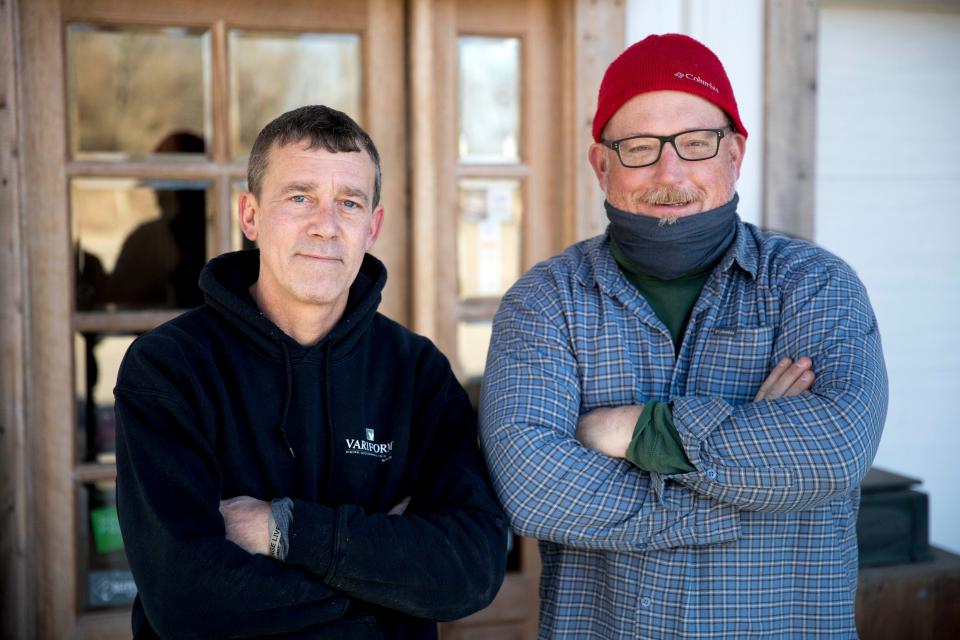'A victim of closed minds.' Cincinnati chili deemed 'most defamed food' in chef's new book

There is no shortage of Midwestern cookbooks in the world − from the modest community and church cookbooks of the early to mid 20th century to more recent works such as Amy Thielen’s "The New Midwestern Table" and Shauna Sever’s "Midwest Made: Big, Bold Baking from the Heartland."
But in writing "Midwestern Food: A Chef’s Guide to the Surprising History of a Great American Cuisine," Chicago chef and writer Paul Fehribach wanted to do something more big-picture by cataloging the history and recipes of iconic Midwestern dishes − from the beer brats of Wisconsin to the loose meat burgers of Sioux City. While the book includes more than 100 recipes, it's Fehribach's engaging essays about each dish that make this book a must-read for any food-minded Midwesterner worth his or her salt.
The Midwest through a Southern lens
Fehribach, a native Hoosier, said "Midwestern Food" was inspired by the late Southern food historian John Egerton, whose 1987 book "Southern Food: At Home, on the Road, in History" documented the foods and foodways of that region in a way that forever altered the way we think of such Southern staples as fried chicken and Louisiana gumbo.
In fact, Fehribach, an eight-time James Beard Award semifinalist, has spent much of his career focused on Southern cuisine at Chicago's Big Jones restaurant, which he also owns. But he's slowly come to realize that the foods he grew up with on his family's small southern Indiana farm were just as interesting as the ones he was cooking in Chicago.
“When I was traveling home to visit my parents, I realized we had a lot of really special foods here in the Ohio River Valley, and a special food culture,” he said. “That’s a story that hasn’t been told."
"Midwestern Food" includes more than 100 recipes for classics such as the famous catfish fiddlers of Evansville, Indiana, (a catfish that's breaded and fried whole, "sans head and guts"), Chicago's Puerto Rican-style Jibarito (a pork sandwich between planks of fried plantains, instead of bread), St. Louis-style barbecue and Minnesota's juicy Lucy burger.
There are also Queen City recipes for Cincinnati chili and homemade goetta (which Fehribach describes as "a type of grain-bound pudding or sausage" that's similar to scrapple or boudin). Neither recipe is a necessity in these parts – where chili parlors and goetta-making butchers are plentiful – but Fehribach's suggestion to serve the latter with apple butter is one I admittedly never thought of until I read it here. "Midwestern Food" also includes a recipe for lebkuchen and gives credit to Cincinnatian Bertha Kramer, aka Aunt Babette, for printing the first English-language version of a lebkuchen recipe in one of her Jewish American cookbooks in 1889.

Researching Cincinnati
Along with those Queen City recipes, Fehribach takes a deep dive into our cuisine, documenting the pumpernickel bread of Marina’s International Deli in Symmes Township as well as the fantastic sausages available at Avril-Bleh Meats, Downtown. He delves into the Macedonian history of our chili parlors and how goetta earned its place in as a Cincinnati staple thanks to the city's neighborhood butcher shops. "If you've never tried goetta, put it on your bucket list now," he writes. Fehribach gives a special nod to Cincinnati’s role as the coffee cake capital of the world, noting the excellent versions available at Graeter’s, Busken and Servatii. And he places LaRosa’s among the quintessential examples of Midwestern-style tavern pizza.

“I always knew that Cincinnati was going to be a big part of the book,” he said.
In researching the city, Fehribach turned to the books of local food historian Dann Woellert (“His book about Cincinnati wine blew my mind,” he said). "Midwestern Food" also includes a profile of local chef and food expert Justin Dean, co-founder of MadHouse Vinegar and Lost Bridge Beverage Company at Carriage House Farm in North Bend. Like Woellert, Dean helped out tremendously with the author's research. "If it wasn't for him, I wouldn't have heard about Avril-Bleh, which is one of the coolest meat markets in the Midwest," he said.

I asked Fehribach if Cincinnati felt like a bit of a square peg to fit into a book focused on Midwestern food, given our close proximity to Kentucky and the strong influence both Southern and Appalachian food and culture have here. His take is that, given its German heritage and strong brewing traditions, we're as Midwest as it gets.
“Cincinnati is one of the few cities that still maintains a fairly high population of people of German origins,” he said. “In that way, Cincinnati is more like Milwaukee than Louisville.”
On Cincinnati chili
Fehribach describes Cincinnati chili as "probably the most defamed foods I've read about throughout my life," before proclaiming it "perhaps the most felicitous exemplar of Midwestern cuisine: misunderstood and mischaracterized, a victim of closed minds unwilling to consider its virtues."
The author told me that, since he grew up eating his mother's chili – a mixture of regular chili that she mixed with macaroni and topped with shredded cheese – our chili wasn't exactly foreign to him. Still, the idea of layering spaghetti, chili and cheese seemed odd until he tried it for himself.
"I thought it sounded strange ... but I didn't experience it until I went to (Cincinnati) in 2021. He started with Skyline. "It's the most mass market and least distinctive of all the chilis, but it is still delicious." Fehribach loves that an average Cincinnatian can visit a Skyline and get what he calls a pretty nutritious meal at a full-service restaurant for about $10 or $12.
While he respects the variety of chili parlors in Cincinnati, he does have a favorite.
"I mean, if I lived in Cincinnati, where there seems to be a Skyline on every block, I would probably eat there once a week because of the convenience. But if I lived within a 15-mile radius of Camp Washington Chili, I would eat there three times a week. It's just that good."
This article originally appeared on Cincinnati Enquirer: Cincinnati chili deemed 'most defamed food' in chef's new book

